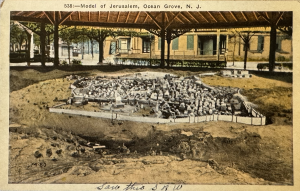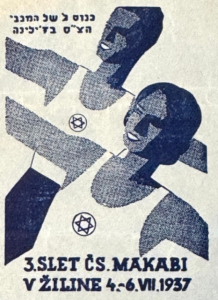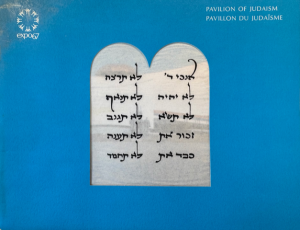The festival of Shavuot, which begins at sunset on June 11, is seven weeks after the second Passover Seder (shavuot means weeks). The holiday celebrates both the giving of the Torah on Mount Sinai and the grain harvest.
This image of the harvest is found in the Rebirth of Israel Passover Haggadah published in 1997 by Jerusalem artist David Harel and his wife Chaya, a historian and Theodor Herzl scholar. This haggadah connects the Passover theme of freedom with the modern return to Zion and the establishment of the State of Israel in 1948.
The phrase in Hebrew inscribed in the mountain is from Psalms 126:5: “They who sow in tears shall reap with songs of joy.” We sing this in the Birkat Hamazon, the blessing after the meal.
Rabbi Adin Steinsaltz explains: “Those who sow, toil in tears. Sowing seeds is hard work that requires tremendous effort, and it is invariably accompanied by anxiety: Will the seeds bear fruit? But when harvest time comes, with joyous song they reap.”
This was the spirit and the uncertainty in which the Zionist pioneers in Israel undertook their work. It was backbreaking and dangerous, with no assurance that all the effort would pay off. Would the crop succeed? Would the country be born? Would they live to see it? Yet they powered on.
We can all derive great meaning from this phrase and from the example of the pioneers. There clearly remains much work to do to make Israel safe for its inhabitants and for it to live up to the greatest hopes of its founders. We must start the job without knowing if all the work will pay off, and hope that it does. Then we will all reap with songs of joy. Chag Sameach.







